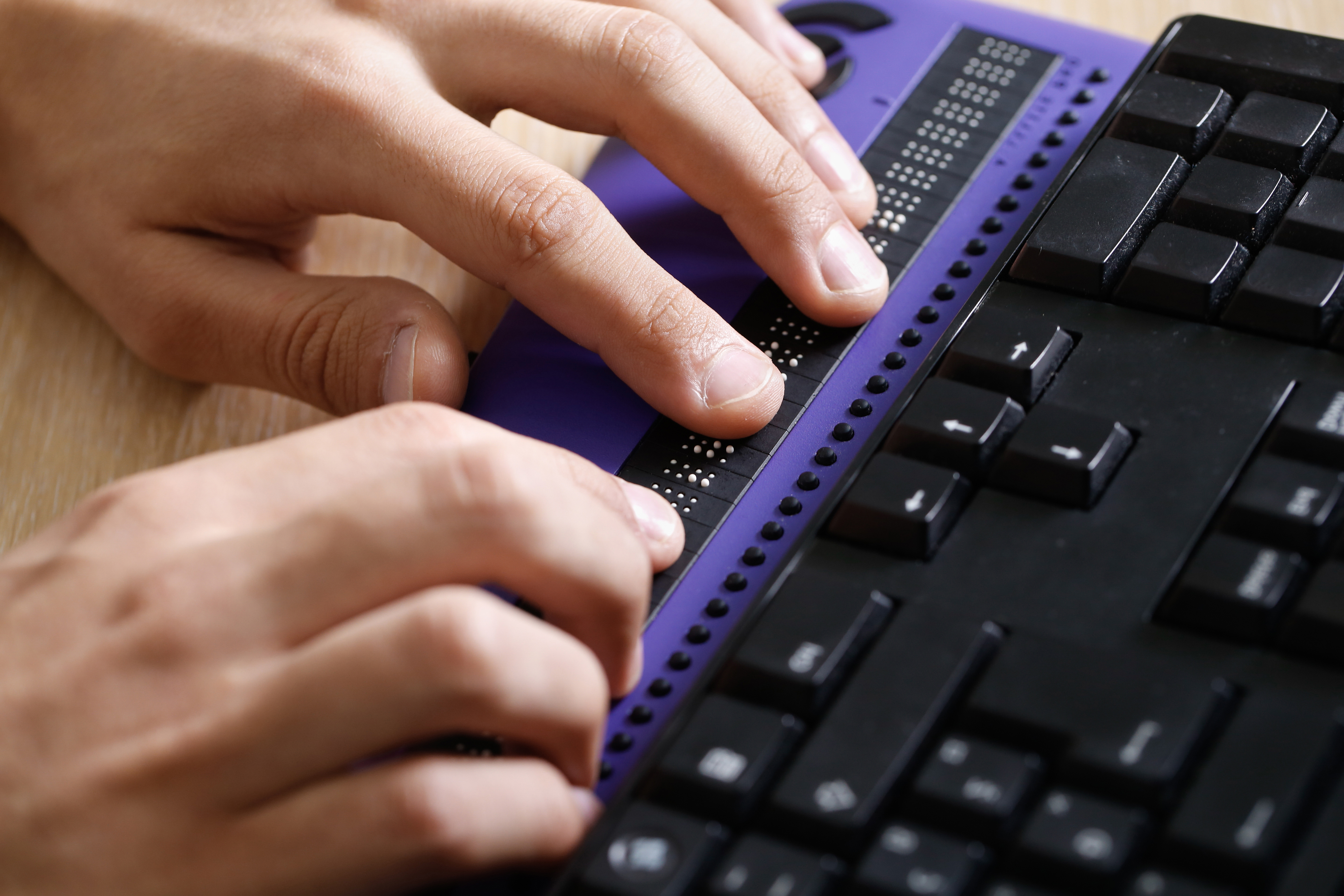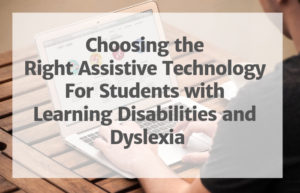

design to to be as legible as possible, for example using a minimum 14 point text size.Keep it simple – if your initial document is designed using the following principles it will already be accessible to a greater number of people and may reduce demand for special accessible versions:

You should also consider any preferences your target audience may have for receiving information, for example younger deaf people may respond better to an SMS message than sub-titled advert – researching your audience will help you best meet their needs 1.3 Reducing the need for accessible format versions
 co-ordination difficulties – large print, audio, audio description, telephone. hearing – British Sign Language, Makaton, subtitling, textphone, SMS. learning disabilities and literacy difficulties – audio, audio description, easy read, easy access, Makaton, subtitles. visual impairments – audio, audio description, Braille, Moon, telephone. Is your communication or campaign specifically targeted at people with particular impairments or do you know there will be a high proportion of people with a particular impairment in your audience? Some formats suit one type of impairment more than another: make sure any consultation period is not reduced for disabled people due to accessible formats not being available at the launch, or running out during the consultation periodġ.2 Deciding which accessible format to use. make sure you are in contact with a range of suppliers who can produce good quality materials in accessible formats. if you intend to supply accessible formats on demand, procedures should be in place to produce these within a few days of the request. plan ahead – make sure any accessible formats you produce are available at the same time as the standard print. consider the needs of your audience in advance – assess which, if any, accessible format versions are likely to be required. involve relevant experts, such as marketing and communications, from the earliest planning stages. how you will enforce and monitor the strategyġ.1 Supplying accessible formats: best practice. what type of information you will prioritise. who is responsible and who will pay for the accessible formats. how you will anticipate the needs of disabled people. You can also approach disability organisations for advice. They will know their needs and could help you find the most effective ways of meeting them. Involve disabled people from your audience in developing and reviewing a strategy for producing information in accessible formats. To reach all your audience, you need to make effective use of accessible communication formats (also known as alternative formats). This guidance was written for government communicators but may also be useful to other communication professionals in the private and voluntary sectors.
co-ordination difficulties – large print, audio, audio description, telephone. hearing – British Sign Language, Makaton, subtitling, textphone, SMS. learning disabilities and literacy difficulties – audio, audio description, easy read, easy access, Makaton, subtitles. visual impairments – audio, audio description, Braille, Moon, telephone. Is your communication or campaign specifically targeted at people with particular impairments or do you know there will be a high proportion of people with a particular impairment in your audience? Some formats suit one type of impairment more than another: make sure any consultation period is not reduced for disabled people due to accessible formats not being available at the launch, or running out during the consultation periodġ.2 Deciding which accessible format to use. make sure you are in contact with a range of suppliers who can produce good quality materials in accessible formats. if you intend to supply accessible formats on demand, procedures should be in place to produce these within a few days of the request. plan ahead – make sure any accessible formats you produce are available at the same time as the standard print. consider the needs of your audience in advance – assess which, if any, accessible format versions are likely to be required. involve relevant experts, such as marketing and communications, from the earliest planning stages. how you will enforce and monitor the strategyġ.1 Supplying accessible formats: best practice. what type of information you will prioritise. who is responsible and who will pay for the accessible formats. how you will anticipate the needs of disabled people. You can also approach disability organisations for advice. They will know their needs and could help you find the most effective ways of meeting them. Involve disabled people from your audience in developing and reviewing a strategy for producing information in accessible formats. To reach all your audience, you need to make effective use of accessible communication formats (also known as alternative formats). This guidance was written for government communicators but may also be useful to other communication professionals in the private and voluntary sectors.







 0 kommentar(er)
0 kommentar(er)
